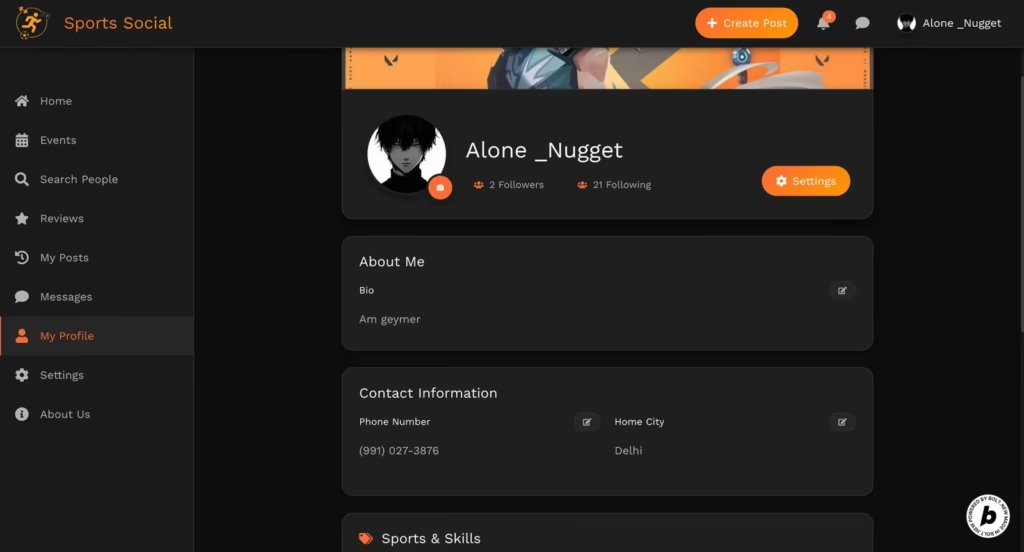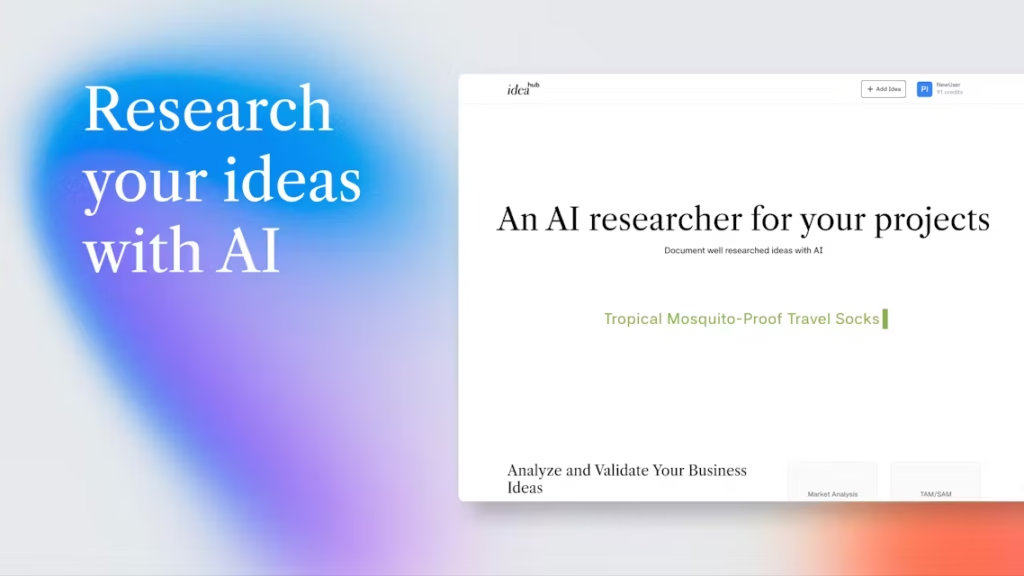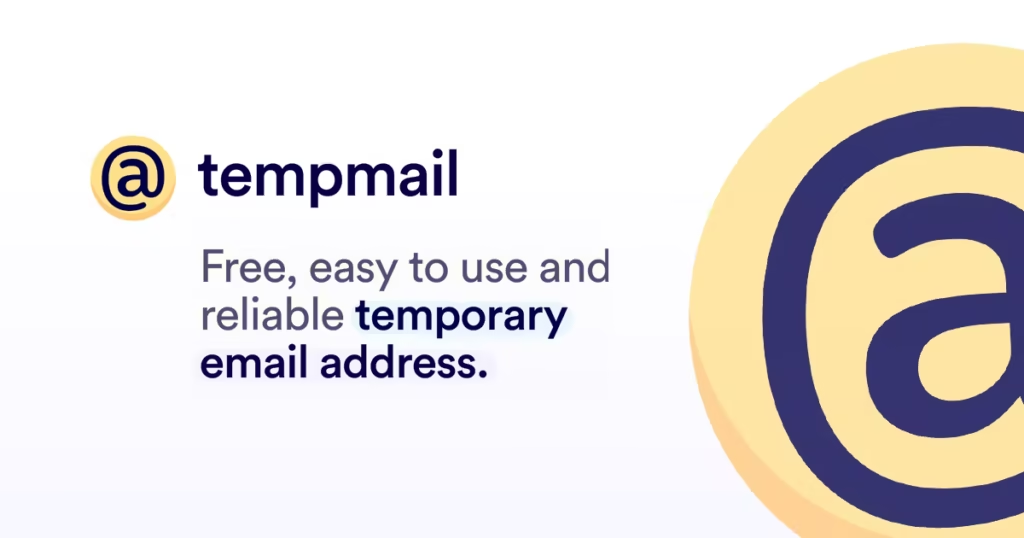Tile AI is revolutionizing mobile app development by fusing visual design with advanced AI capabilities.
This platform enables users to prototype and deploy production-ready apps rapidly, combining the speed of no-code tools with the flexibility and control of traditional coding environments.
Tile stands out by offering full-code output and DevOps automation, making it a compelling choice for both non-engineers and developers. Learn more about Tile’s capabilities on their official blog.
Key Features Analysis
Visual Design Interface
Tile’s visual-first builder allows users to design mobile layouts intuitively. Its live preview and drag-and-drop controls streamline UI/UX design without writing code, while also providing a code editor for advanced customization.
AI Agent Features
Domain-specific AI agents handle integrations and generate production-grade features. Users can create functional components by simply uploading UI mockups or entering natural language prompts.
Full-Code Output
Unlike many no-code solutions, Tile generates editable source code. This full-code feature empowers developers to extend Tile’s capabilities, optimize performance, and ship real apps to the App Store.
Built-in Infrastructure
Tile automates backend connections, deployments, push notifications, and analytics. This DevOps automation eliminates operational headaches, allowing teams to focus on app features rather than infrastructure.
Comparison to Traditional Methods
While React Native and Flutter require manual setup for core services, Tile’s AI agents and built-in infrastructure streamline this process. This reduces complexity and speeds up secure feature implementation.
User Feedback Summary
Early ProductHunt reviews praise Tile’s prototyping speed, effortless integrations, and App Store readiness. Users highlight:
- Pros: Rapid prototyping, full-code flexibility, DevOps automation, AI-generated features
- Cons: Limited pricing transparency, potential learning curve for advanced features
Performance Analysis
Reliability
Tile’s built-in infrastructure and full-code output contribute to reliable app performance. Users report successful App Store launches and minimal deployment issues.
Speed
Merchants and developers appreciate Tile’s ability to launch features in hours rather than weeks. AI-generated components use Tailwind CSS for responsive designs.
Usability
The visual editor and AI prompts make Tile accessible to non-engineers, while the code editor caters to developers seeking deeper customization.
Pricing Analysis
As of launch, Tile’s pricing remains undisclosed. However, early feedback positions it as a premium solution that offers value through time savings, reduced operational costs, and access to developer-level features.
Frequently Asked Questions (FAQs)
1. Is Tile AI suitable for non-technical users?
Yes, Tile’s visual editor and AI agents enable non-engineers to create functional app components quickly without code.
2. Can developers customize Tile’s output?
Absolutely. Tile generates full, editable source code that developers can extend and optimize using the built-in code editor.
3. What AI agents does Tile offer?
Tile’s AI agents specialize in authentication, payments, CMS integration, and more. They automate integration with common services like Stripe and Supabase.
4. How does Tile compare to traditional app development?
Tile’s built-in infrastructure and AI agents streamline processes that traditionally require manual setup and DevOps overhead. This significantly reduces development and deployment timelines.
5. Is Tile’s output App Store ready?
Yes, Tile’s full-code output and automated DevOps processes allow users to deploy production-ready apps to the App Store without additional configuration.
6. Are there any known limitations?
Pricing transparency is limited as of launch. Some advanced features may require a learning curve for non-developers.
7. Can I integrate Tile with existing services?
Yes, Tile’s AI agents are designed to integrate with common third-party services like Stripe and Supabase, while also supporting custom API integrations.
8. What design frameworks does Tile use?
Tile uses Tailwind CSS to ensure AI-generated components are responsive and mobile-first.
9. Is Tile suitable for enterprise-level applications?
While Tile has been praised for its rapid prototyping and DevOps automation, its suitability for complex enterprise applications may depend on specific project requirements and advanced customization needs.
10. Where can I find more information about Tile’s pricing?
Detailed pricing information is pending, but you can follow Tile’s official channels for updates. Visit their website for the latest news.
Final Verdict
Tile AI represents a significant leap forward in app development by merging visual design with AI-driven capabilities. Its unique combination of no-code speed, full-code flexibility, and built-in DevOps automation makes it an attractive option for both non-engineers and developers.
- Pros: Rapid prototyping, AI-generated features, full-code output, DevOps automation
- Cons: Limited pricing transparency, potential complexity for advanced use cases
Ideal User Profile: Startups needing rapid MVPs, developers wanting to reduce DevOps overhead, and businesses seeking to streamline app feature development.
Recommendation: For teams looking to accelerate mobile app development while maintaining full control over their codebase, Tile is a compelling choice. Its AI-driven features and full-code output offer substantial value, though users should monitor pricing announcements as they become available.



